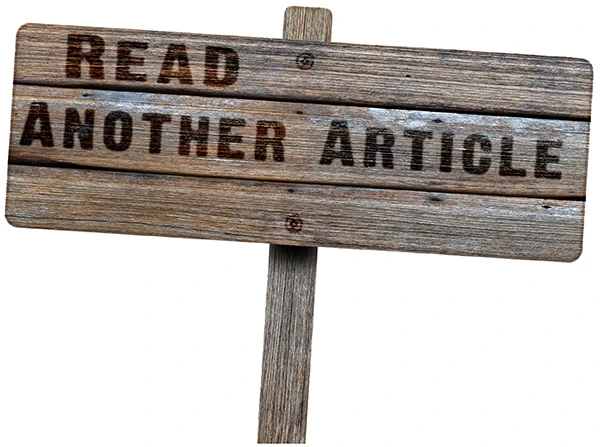What is the Breastplate of the High Priest?

The High Priest Breastplate: A Sacred Garment
The Breastplate of the High Priest was a religious garment worn by the Jewish high priest during biblical times. It was embedded with twelve precious gemstones, each inscribed with the name of one of the twelve tribes of Israel.
This sacred garment is known by several names, some of which include the Breastplate of Aaron, Breastplate of Judgement, Priestly Breastplate, and Hoshen. Aaron, the brother of Moses, was the first Jewish high priest.
The Breastplate of the High Priest featured four rows of gemstones, with three stones in each row. It was worn over a tunic-like garment called an ephod. The breastplate and ephod are described in the Book of Exodus.
Both are said to have been made from the same material and woven out of gold, blue, purple, and scarlet-coloured threads along with fine linen that was "embroidered with skilful work."
The Breastplate of the High Priest was a square garment secured to the ephod by a "girdle," a type of belt. Two shoulder straps were fastened to the front of the ephod by golden rings, and the breastplate was attached to the rings with golden chains.
The breastplate's sole purpose was to carry the gemstones inscribed with the names of the twelve tribes of Israel. This enabled them to be brought before God "as a continual memorial." It's written that Aaron the High Priest should "bear them upon his heart when going into the most holy place."
Problems with accurate translations from Hebrew and ancient Greek have made it very difficult to identify the gemstones and their exact layout. The fact that the names of certain minerals have changed over the years, plus many were grouped together under one name, has further complicated matters.
As a result, endless discussions have taken place over many years about the accuracy of the stones, but nothing has ever been agreed conclusively.
The Roman Jewish historian Josephus and Saint Jerome, who translated the Bible into Latin, connected the twelve gemstones to the twelve months of the year and twelve signs of the zodiac. Their proclamations, made three hundred years apart, were the first indication that gemstones could be used as birthstones.
Many centuries later, each stone in the High Priest Breastplate was assigned to a month of the year and a sign from the zodiac. They were arranged according to the order in which they appeared in the Book of Revelation.
The following six examples show the gemstones that scholars believe are most likely to have been present and the order in which they were positioned.
-
Row 1: ruby · topaz · beryl
-
Row 2: turquoise · sappheiros (Hebrew 'sappir', both words described lapis lazuli) · emerald
-
Row 3: jacinth (believed to be a reddish-orange stone, variety of zircon) · agate · amethyst
-
Row 4: chrysolite (possibly chrysoberyl or olivine) · onyx · jasper
-
Row 1: ruby · topaz · emerald
-
Row 2: turquoise · sappheiros (sapphire was unknown at this time) · diamond*
-
Row 3: jacinth · agate · amethyst
-
Row 4: beryl · onyx · jasper
-
Row 1: carnelian · chrysolite (used to describe greenish-yellow gemstones, particularly peridot) · emerald
-
Row 2: turquoise · sappheiros (lapis lazuli) · white moonstone
-
Row 3: jacinth · agate · amethyst
-
Row 4: beryl · onyx · jasper
-
Row 1: sardius (red stone, most likely sard but possibly jasper) · topaz · carbuncle (old name for any red gemstone cut as a cabochon. Applied particularly to red garnet)
-
Row 2: emerald · sappheiros · diamond*
-
Row 3: ligure (possibly the same as jacinth a variety of zircon) · agate · amethyst
-
Row 4: beryl · onyx · jasper
-
Row 1: sardius · topaz · emerald
-
Row 2: turquoise · sappheiros · diamond*
-
Row 3: jacinth · agate · amethyst
-
Row 4: beryl · onyx · jasper
-
Row 1: sardius · topaz · carbuncle
-
Row 2: emerald · sappheiros · diamond*
-
Row 3: jacinth · agate · amethyst
-
Row 4: beryl · onyx · jasper
*Although some scholars believe one of the gemstones in the Breastplate of the High Priest may have been a diamond, others believe it unlikely.
The ancient words used to describe diamond indicate it was a particularly hard mineral that was either white or colourless. It's not known for certain whether diamond was even known at this time.
Each gemstone in the breastplate was inscribed with the name of one of the twelve tribes of Israel. Therefore, they had to be a reasonable size, and with diamond being the hardest substance on Earth, engraving would have been virtually impossible.
Another factor worth considering is that the Jewish people had not long been released from Egypt. Therefore, money was not abundant. For this reason, it's believed the gemstones in the high priest's breastplate are likely to have been fairly inexpensive.
Article Photos
The Longido rubies, agate slices, unpolished amethyst, red garnet, turquoise, and lapis lazuli are from our collection.
The beryl, variety aquamarine, is housed in the Smithsonian Museum of Natural History, Washington D.C. Photo by Stone Mania.
Emerald, olivine, topaz - Courtesy of Stan Celestian.
Kokoweef cave onyx - Courtesy of Captain Tenneal.
Diamond - Courtesy of Géry Parent.
























